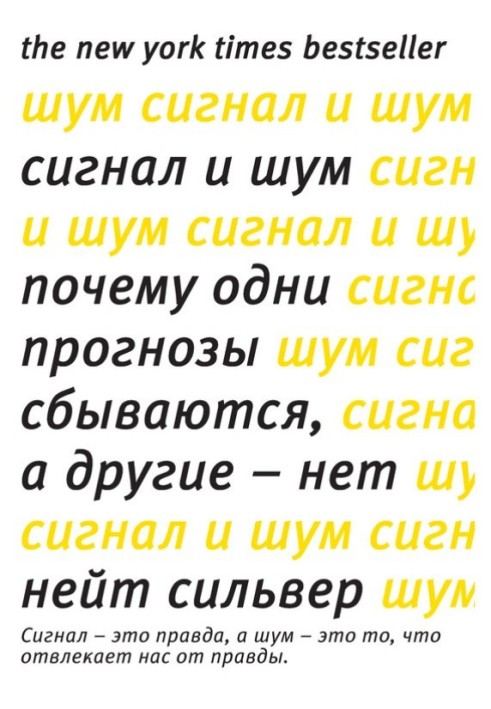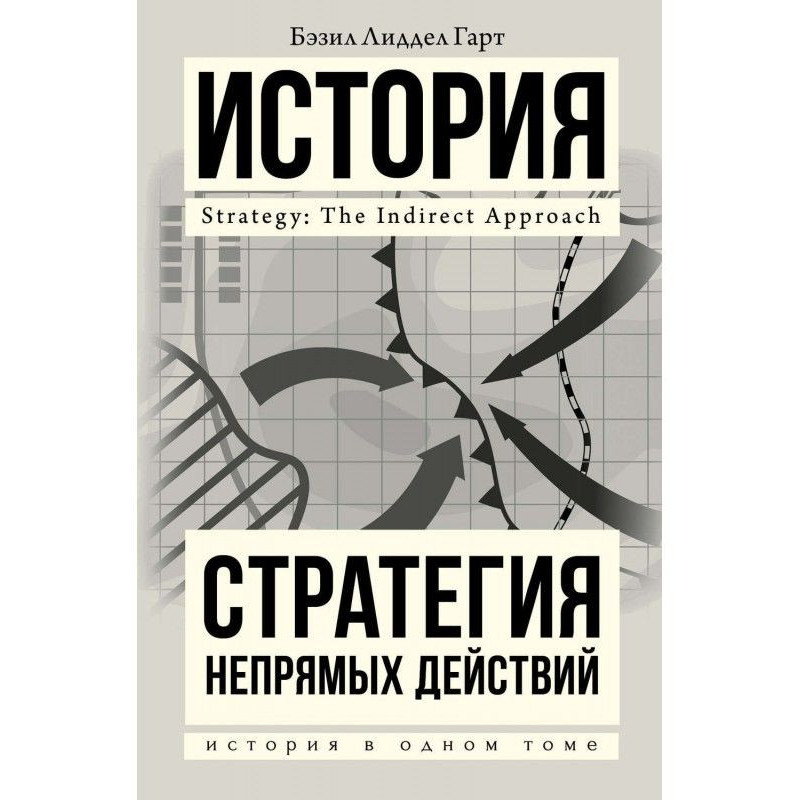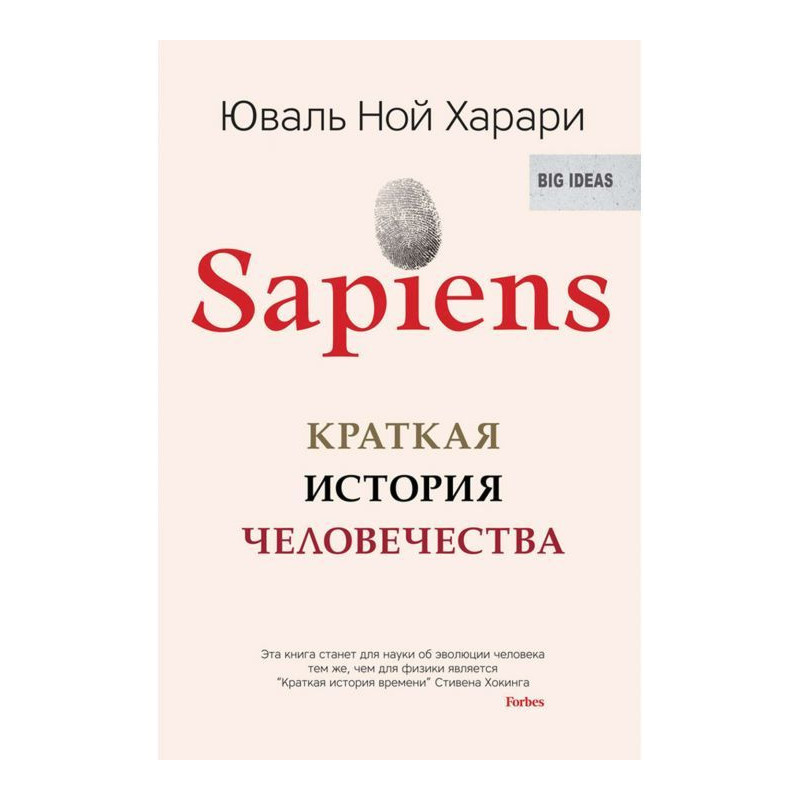Signal and noise. Why do some predictions come true and others not?
 Instant download
Instant download
after payment (24/7)
 Wide range of formats
Wide range of formats
(for all gadgets)
 Full book
Full book
(including for Apple and Android)
We believe that our world is largely logical and predictable, and therefore we make forecasts, calculate the likelihood of earthquakes, epidemics, economic crises, and try to guess the results of trading on the stock exchange and sports matches. In this vast ocean of data, it is important to be able to correctly recognize a real signal and not be distracted by useless information noise. Nate Silver, a political visionary and statistical guru, who developed a forecasting system that made it possible to predict the results of the presidential election twice as accurately as possible twice, talks about how to learn this. all states of America. His book is in many ways close to the research of Nassim Taleb and is equally significant for anyone who deals with large volumes of data and calculates various scenarios. And if Taleb talks about the laws of the birth of “black swans,” Silver explores models and methods that allow us to catch these birds in the nets we set. He summarizes the experience of expert practitioners, studies various models and approaches that allow making more accurate forecasts. Like Daniel Kahneman, author of the best-selling book “Thinking Slowly... Decide Fast”, observing the behavior and thinking of people assessing uncertain events, Silver argues: yes, computers are indispensable when working with huge amounts of data, but for maximum accuracy of results, a flexible human mind and experience, because forecasting is planning under conditions of uncertainty.
Data sheet
- Name of the Author
- Нейт Сильвер
- Language
- Ukrainian
- Release date
- 2015
- Translator
- Павел Валерьевич Миронов
Reviews
Вражаюча книга про мистецтво прогнозування!
"Сигнал та шум" - це неймовірно глибоке дослідження, яке відкриває очі на складність прогнозування в нашому світі, наповненому даними та інформаційним шумом. Автор, Нейт Сільвер, майстерно пояснює, чому деякі прогнози справджуються, а інші - ні, і робить це зрозуміло та доступно для читача. Його аналіз моделей та підходів до прогнозування, а також узагальнення досвіду експертів, роблять цю книгу не лише корисною, але й надзвичайно цікавою. Я особливо ціную, як Сільвер підкреслює важливість людського досвіду та інтуїції в поєднанні з комп'ютерними алгоритмами, адже це дійсно ключ до успішного прогнозування. Книга спонукає до роздумів про те, як ми сприймаємо невизначеність і як можемо покращити свої навички в аналізі даних. Незважаючи на деякі недоліки в перекладі, зміст книги настільки цінний, що це не псує загального враження. Рекомендую всім, хто цікавиться статистикою, економікою та прогнозуванням!













